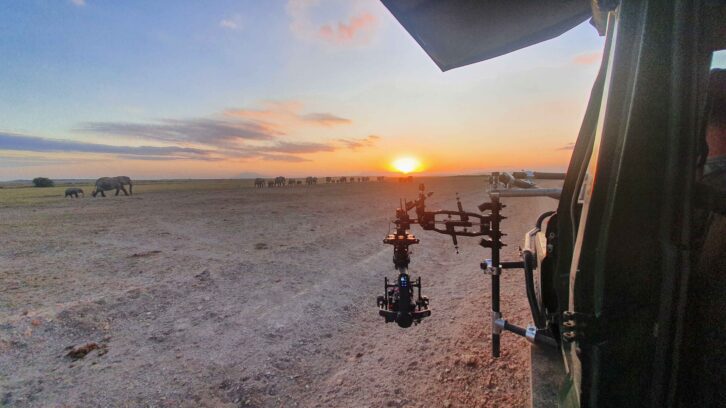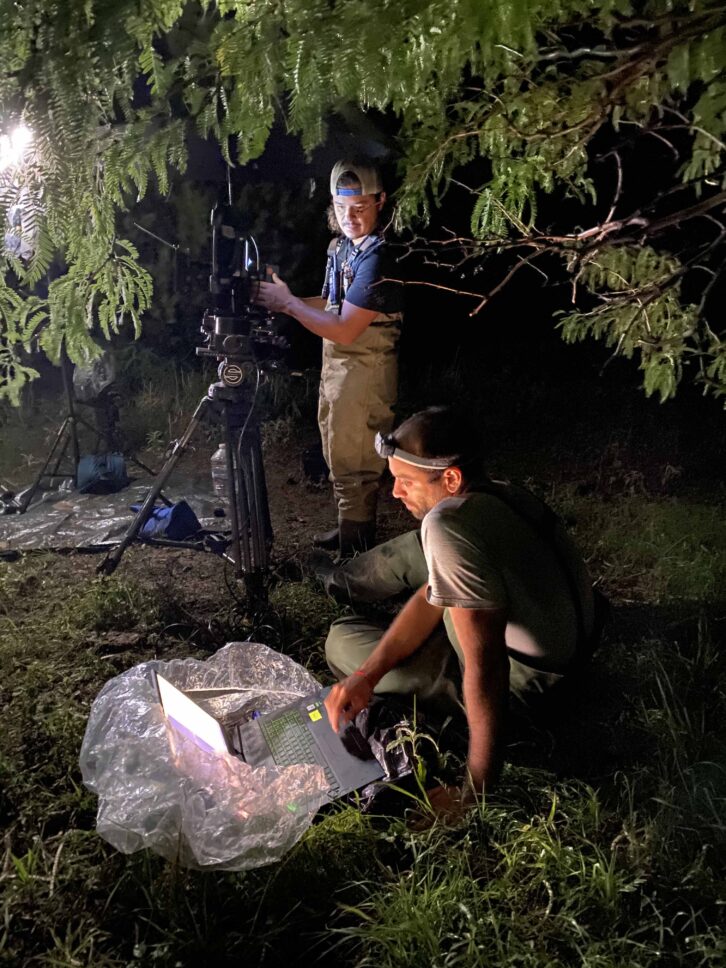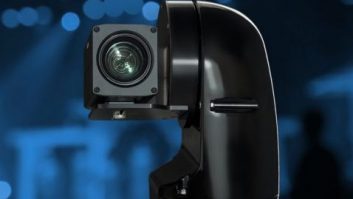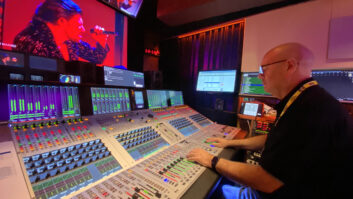Debuting on Sky Nature and NOW on Sunday, 25th February, Secret World of Sound with David Attenborough, is a series like no other.
The three-part documentary series uses cutting-edge audio technology to reveal new perspectives and understanding of animal behaviour.
Filmed in 4K UHD, each episode features in-depth stories of up to eight animals, followed by 5-minutes of behind-the-scenes footage revealing the technologies used to make the series.
According to series producer Sharmila Choudhury, the aim is to put sound centre stage, both in terms of recording all the sounds the animals make, as well as the sounds of the environment that they live in.
“In natural history films, the sound is often added afterwards from sound libraries, so they aren’t always recordings of those animals when they’re being filmed,” she added. “Sound technology has evolved massively over the last few decades, partly for the music industry and for the gaming industry, so the recording devices and microphones that you get now are phenomenal.”

Using the most up-to-date equipment, the idea behind the series was to look at how animals use sound in the natural world. “From a storytelling point of view, we wanted to ask, how do animals produce sound and why do they do it?” explained Choudhury.
The production team also use technology that wasn’t made for the broadcast industry, which they then adapted to allow them to record animal sounds. “We worked closely with the engineers of those devices, two in particular: the acoustic camera and the laser vibrometer. That was a crucial breakthrough for us as filmmakers,” said Choudhury.
The acoustic camera was developed to detect gas leaks. It’s a small camera surrounded by sixty sensitive microphones that can pick up and locate even the faintest sound.
“We used it for three sequences in the series: one was to show how great grey owls hunt voles under the snow,” Choudhury explained. “It’s a very classic natural history sequence that has been filmed before but ordinarily you have to guess what the owl is hearing: with this camera, we could point it at the bit of snow where the owl is looking and we could actually see the voles scuffling under the snow, which is the tiniest sound of little feet and squeaks.”
However, because the camera itself wasn’t even HD, the production team had to design a special rig where the acoustic camera sat side by side with one of their broadcast cameras to film the same thing at the same time. The team then overlaid the image produced by the acoustic camera onto the broadcast-quality image.

“The other sequence we’ve used it on, which I think is the most exciting, was an event that occurs in the Arizona desert where the rains trigger an explosive breeding of all the frogs in the area for just a couple of days,” added Choudhury. “The frogs all pile into these one or two ponds which have just formed and there will be a number of species all calling for mates. But they all look pretty much the same, green or brown frogs, so how do you find your own type of male or female in this crowd of everybody shouting away? The answer is they do it with sound: they all pick a slightly different frequency and way of calling.
“With our ears we can’t pick that detail out in the cacophony, but the acoustic camera allowed us to record different frequencies in different colours so you can actually see the different species. That was extraordinary.”
The laser vibrometer was another tool used by the production team. It is a high-tech gadget which sends out a laser beam that can detect minute vibrations imperceptible to the human ear or conventional microphones.
“It’s a device used by the automobile and aerospace industry for development and quality control. We used it to listen in on the world of a small insect, the treehopper, which sends its courtship song through the branches of a tree as vibrations,” explained Choudhury.







